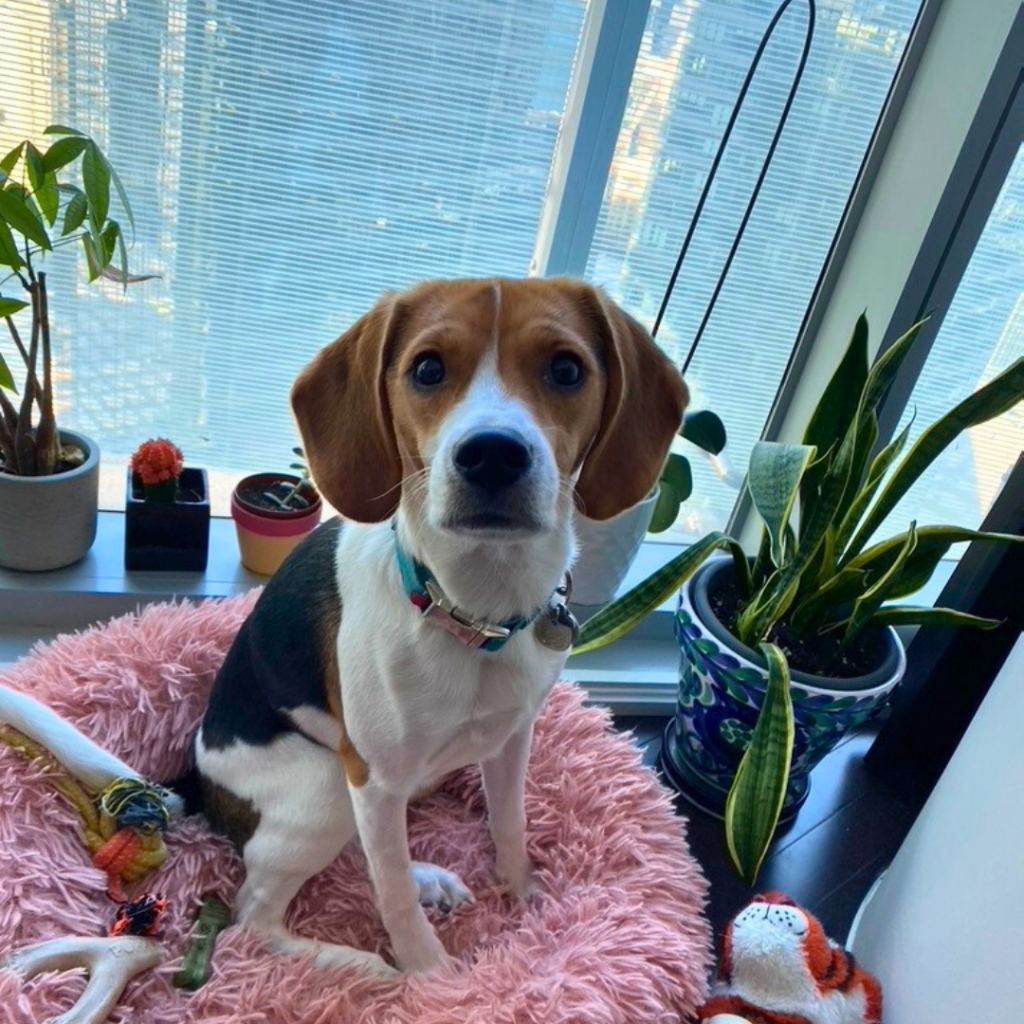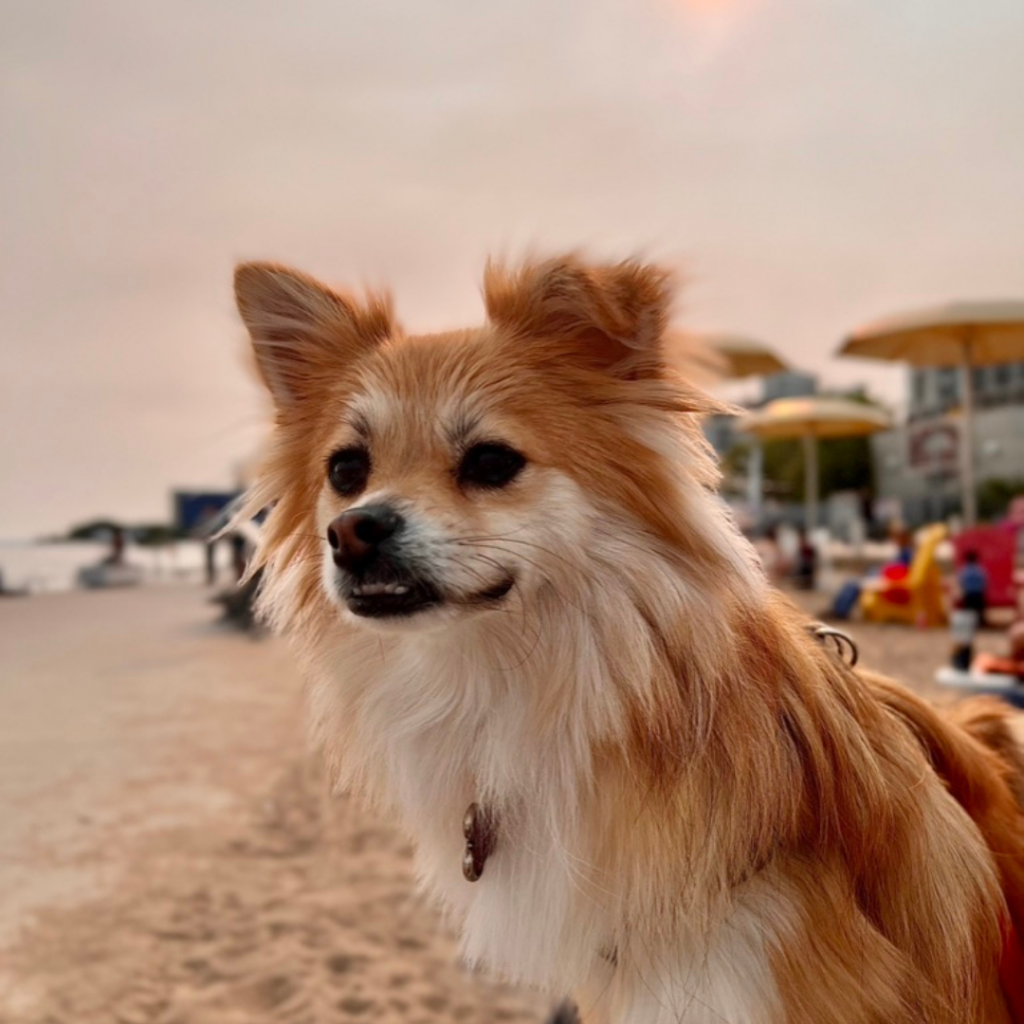
Dogs naturally shed their old or damaged hair to make way for new hair to grow. Certain breeds, such as Golden Retrievers, German Shepherds, and Huskies, shed year-round due to their thick double coats. Other breeds only shed seasonally, usually in the spring and fall, as they prepare for temperature changes.
As I write this article in the fall season, I am aware that many pet owners are dealing with seasonal shedding and I can relate to the frustration.
The amount and frequency of shedding can also be influenced by other factors such as nutrition, health, and age. In this article, we will explore all these factors and strategies to reduce shedding and maintain a clean home.
Tales from the tails 🐕


Strategies to Manage Dog Shedding at Home
1. Regularly Brush Them to Remove Loose Hair
Brushing helps to remove loose hair and prevent it from shedding all over your home. For dogs who shed often, you may need to brush daily during periods of heavy shedding.
Start by brushing the fur in the opposite direction of the hair growth and then brush in the direction of the hair growth. This helps remove dead hair and distribute natural oils from the skin to the coat. Keep going for a few times until you get all the loose hair.
Choose the Right Brush for Your Pup 🪮
For dogs with shorter coats, you can use natural bristle brushes or grooming gloves. If you choose the latter, massage the coat in a circular motion to loosen the hair and then brush in the direction of the hair growth.
📸 Here are some cute pictures of dogs with short fur:




For dogs with longer and double coats, you will need a few tools. Slicker brushes are perfect for reaching the undercoat and removing loose fur. Coat rakes or de-shedding tools are your best friends during heavy shedding seasons (make sure not to press too hard if you are going to use de-shedding tools with blades). And to deal with tangled or mated hair, use a steel comb or a mat splitter.
📸 These are my furry friends with long coats:






2. Provide Proper Nutrition For Healthy Skin and Coat
A balanced diet to support your dog’s skin and coat should include:
- High-quality proteins as they are essential for the growth and repair of skin and cells. Look for recipes with lean meat or fish.
- Healthy fats such as omega-3 help with the maintenance of the skin and promote shiny fur. You can find them in fish, fish oil, flaxseed, walnuts, chia seeds, and rapeseed.
- Vitamins such as zinc, omega biotin, vitamin E, and vitamin A.
- Proper hydration is also important for maintaining a healthy coat. Make sure your dog has access to fresh water at all times.
🙅🏻♀️Avoid common allergens and fillers such as dairy, eggs, corn, wheat, gluten, soy as they can cause inflammation.
3. Regularly Bathe Your Dog
Baths help to keep your dog’s coat clean and healthy. We recommend you use shedding control shampoos as these are formulated with natural ingredients such as coconut oil, oatmeal, aloe, omega 3 and 6, vitamin E, etc., and are specially designed to reduce shedding. This type of shampoo will reduce the brushing time, prevent matted and tangled hair, and moisturize your pup’s skin.
Be careful not to excessively bathe your dog as this can dry out the skin and cause more shedding. And if you have a senior dog or a dog with mobility issues, take extra care to ensure a comfortable bathing experience for your furry friend.
4. Limit Stress
Stress can also worsen shedding in animals. Try to minimize stressful situations for your pup and provide a calm and comfortable environment. Keep them physically and mentally active by engaging in activities that your dog enjoys such as walks, games, training sessions, cuddles, etc.
Health-related Shedding
Some health conditions can cause excessive shedding in your dog, including
- Hormonal imbalance, i.e. Cushing’s disease or hypothyroidism
- Allergies
- Skin infections and parasites
- Nutritional deficiencies
- Mobility issues
In these cases, your dog will need treatment for the underlying condition and once that is fixed the shedding should significantly reduce. Your vet can guide managing shedding and recommend any necessary treatments.
Read more: Why is My Senior Dog Losing Hair?
Minimize Dog Hair in The House
Sorry to break it to you but you have no option than to vacuum more often. A good vacuum will do most of the work. An alternative may be to get a robot vacuum that could help you collect the fur from big and open spaces, however, you would still need to use a manual vacuum to reach small areas or couches for instance.
Additionally, you could use the help of an air purifier to relieve allergy symptoms as they work by reducing the levels of allergens and pollutants in the air.
Lint rollers are a good solution for a quick clean in small areas, clothes for example. They are small and portable tools.
You can also try pet vacuums. These are grooming tools with different attachments to brush your dog and trap the hair. They can be convenient but your dog may need to get comfortable with the noise first.
Final Thoughts
To maintain your dog’s skin and fur health, it’s important to brush and groom them regularly using appropriate products for their fur. Besides, ensure that they get a balanced diet, enough water, and a comfortable and stress-free environment. Don’t forget to take them for regular vet checkups to spot any skin problems and treat the excess shedding.
Shedding is a natural process for dogs, and despite your best efforts, your dog will still shed. The best thing you can do is to clean your house more often to keep it free of fur and mitigate allergies.
FAQs
Supplements that promote healthy coats are zinc, omega biotin, vitamin E, and vitamin A. Talk with your vet before introducing any supplement to your dog’s diet as they may cause stomach issues.
Prioritize a balanced diet and proper hydration. Your dog’s meals should include high-quality protein, healthy fats, zinc, omega biotin, vitamin E, and vitamin A.
In such cases, you should consider visiting the vet to rule out any health condition, such as parasites, fungal or bacterial infections, nutritional deficiencies, hormonal imbalances, allergies, etc.
Reference
Related Articles
- Why is My Senior Dog Losing Hair?
- 5 Best Dog Shampoos for Itchy Skin in 2023
- 11 Common Health Problems in Senior Dogs
Recent Posts
Amazon's Top Black Friday and Cyber Monday Deals for 2024: Dog Products Edition
The holiday shopping season has officially started and Amazon has already released some incredible deals on pet products for Black Friday and Cyber Monday 2024. Here is our curated list of the...
As someone who boards dogs as a side gig, I am used to seeing many pet trackers and smart collars these days. These devices have become a must-have tool for pet owners (especially when trusting their...
